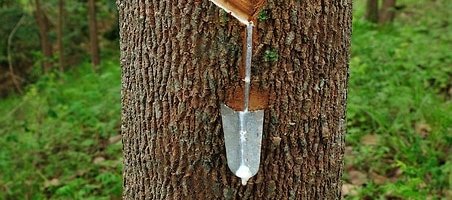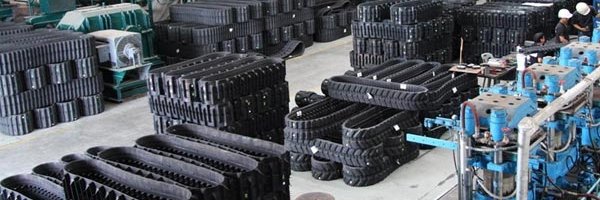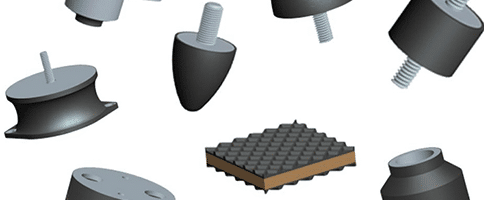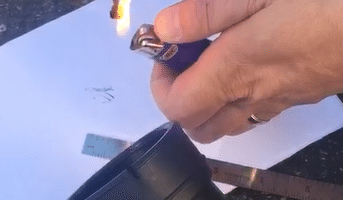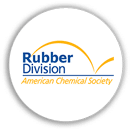Can Rubber Freeze in Low Temperature?
If you or your company transports or manufactures rubber parts such as seals in a cold environment then you may find the information in this article educational and useful. The importance of understanding how temperature may affect your seal is crucial. If your seal reaches -29 °C or lower temperatures then your seal may not recover. This […]


